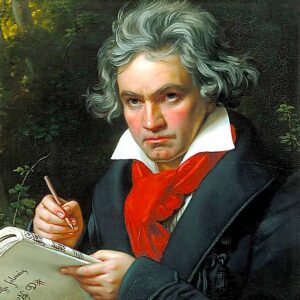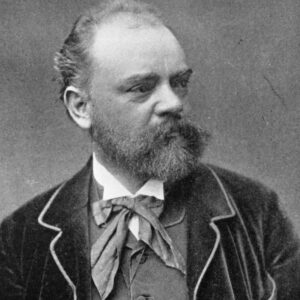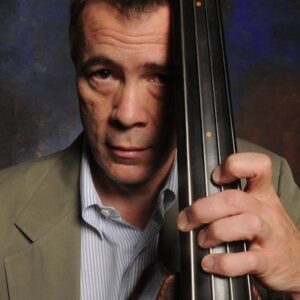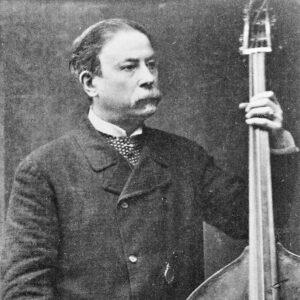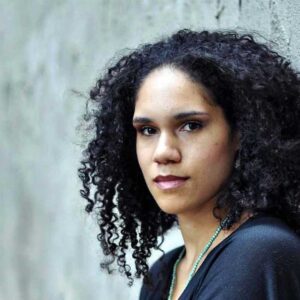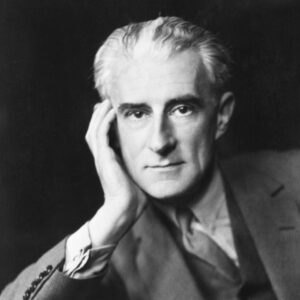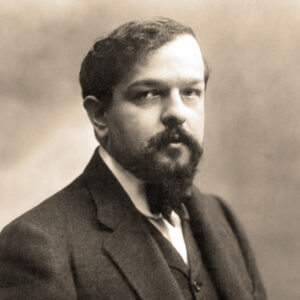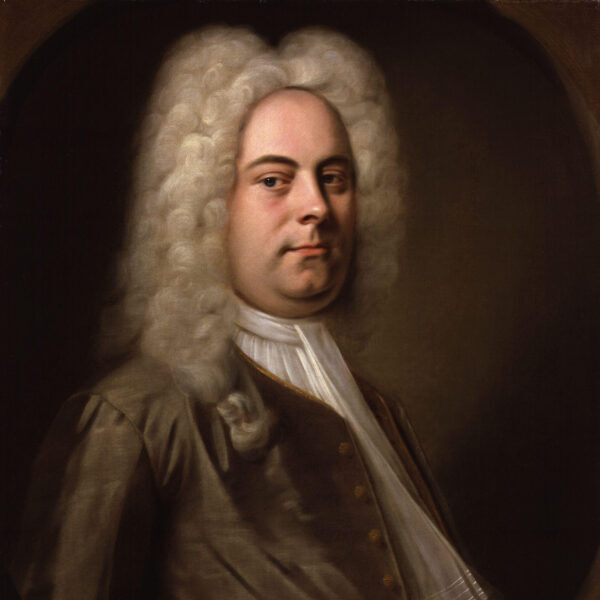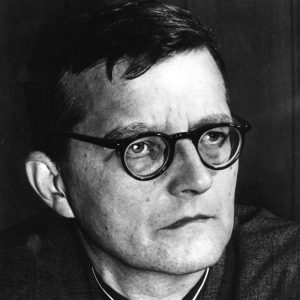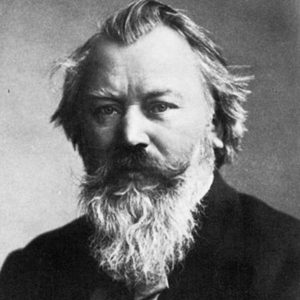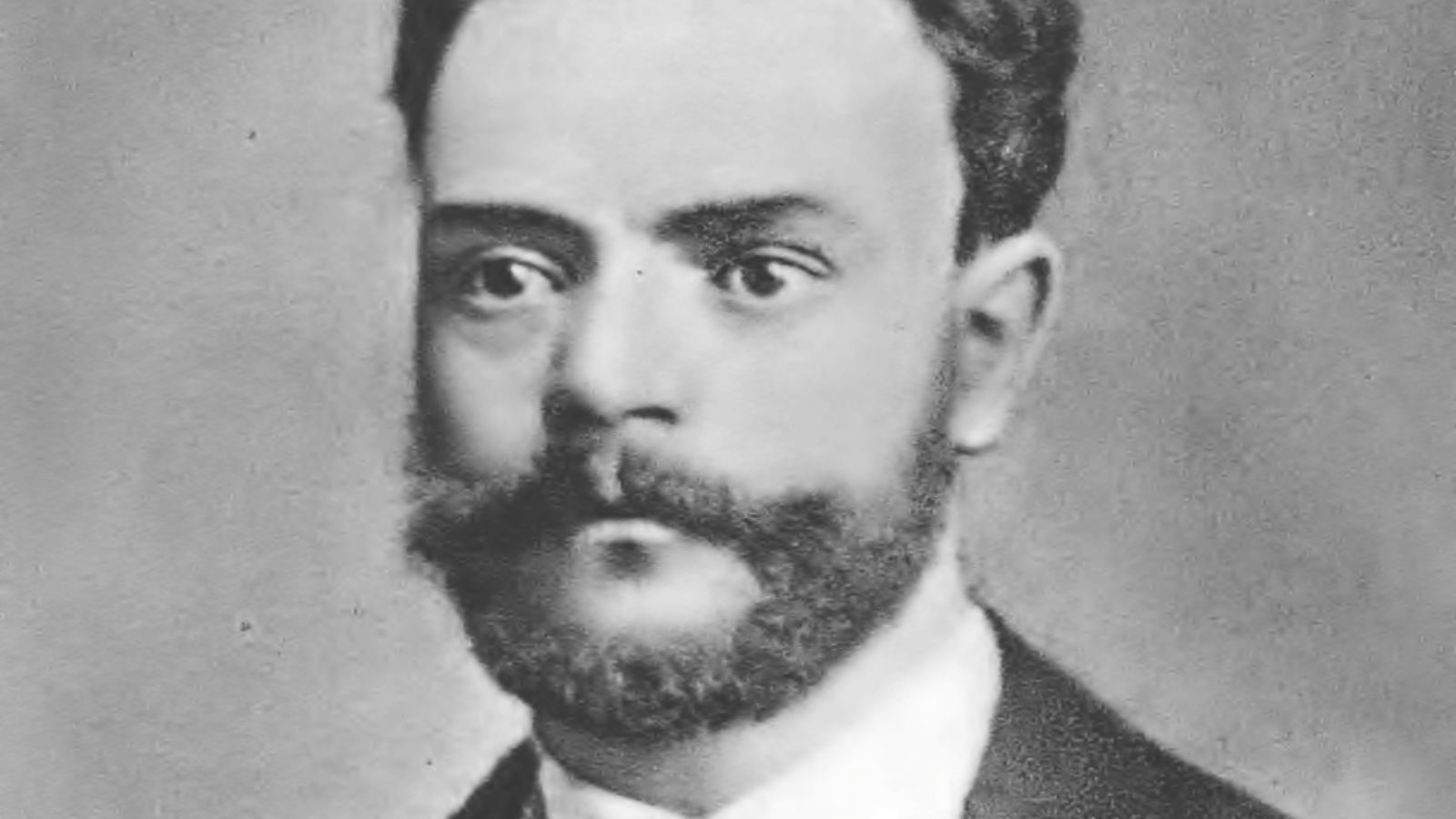
Antonín Dvořák:
Concerto in A Minor for Violin and Orchestra, Op. 53 (B. 96/108)
The Czech master Antonin Dvořák was born in Nelahozeves, near Kralupy, on September 8, 1841; and died in Prague, May 1, 1904. B. 96/108 refers to Jarmil Burghauser’s thematic catalogue of the composer’s works, analogous to thematic catalogues such as the ones created by Kőchel for the works of Mozart. Dvořák composed his Violin Concerto between July and mid-September, 1879, and was revised in April/May, 1880.
Its premiere took place in Prague on October 14, 1883 with František Ondřĭček as soloist and Mořic Anger leading the National Theater Orchestra. It is scored for solo violin, 2 flutes, 2 oboes, 2 clarinets, 2 bassoons, 4 horns, 2 trumpets, timpani, and strings.
Less well-known than his magnificent Cello Concerto, Dvořák’s Concerto for Violin contains all the qualities of its sister work—tunefulness, the spirit of Czech dance idiom, drama. and opportunities for plenty of virtuosic display. The reason for the gap between its date of composition and first performance, as well as its publication, was due to the fact that the composer had written the concerto in the hopes that it would be accepted by the one of the nineteenth-century’s most celebrated violinist, Joseph Joachim. This Hungarian virtuoso and composer had long been associated with Johannes Brahms. It should come as no surprise, then, that Dvořák, a beneficiary of support from Brahms, would approach the man for whom Brahms had composed his own Violin Concerto in 1878. At first, Joachim was receptive to the idea, but kept on putting off acceptance of the concerto and its dedication, suggesting that Dvořák make several revisions. But Dvořák was only willing to go so far, however, and finally his patience grew thin. He turned to his fellow countryman, František Ondřĭček, who was more than happy to give the concerto its premiere performance. It is ironic that Joachim, who never performed the work in public, remained its dedicatee.
Cast in the traditional three movements, Dvořák’s Concerto does contain a few unconventional features. The pithy dramatic opening gesture of its first movement (Allegro ma non troppo), played by the full orchestra, is immediately answered by the soloist introducing the movement’s principal theme, followed by a quasi-improvised flourish of arpeggios. The gesture is repeated again on a different harmonic level and a full-scale orchestral tutti ensues, including a hint of a new and more lyrical theme. Perhaps inspired by Mendelssohn’s Violin Concerto, Dvořák makes no break between the first movement and its central one, an expansive Adagio ma non troppo, in F Major. Right from the start the composer presents the listener with one of his most beautiful themes. Some dramatic moments follow, but the lyrical sweep of its main theme dominates the sonic landscape. The finale (Allegro giocoso, ma non troppo) is a playful rondo whose principal dance-like theme is a blend of Czech folklorism with more than a hint of inspiration from the finale of Beethoven’s Violin Concerto. This takes nothing away from Dvořák’s originality, however. One of the secondary themes of the movement plays metrical tricks of three-beats against duple groupings that were a signature feature of Slavic folk idioms. But it is the sheer joyfulness of the opening theme that wins the day.
Program Note by David B. Levy, © 2022



